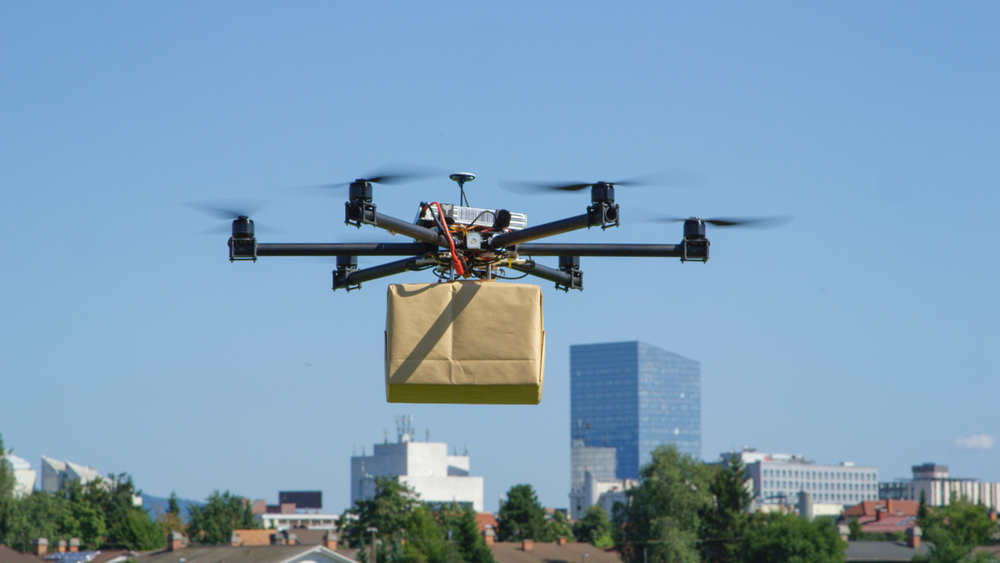Insects Inspire the Future of Drone Technology
9 November 2021
An international research project is creating the foundations for the next generation of innovative sensor systems for collision detection in drones – inspired by the brain activity of swarming insects. From delivering parcels to facilitating precision farming, the enormous potential for drones has seen global demand soar. As such, there is a need for low-cost […]

An international research project is creating the foundations for the next generation of innovative sensor systems for collision detection in drones – inspired by the brain activity of swarming insects.
From delivering parcels to facilitating precision farming, the enormous potential for drones has seen global demand soar. As such, there is a need for low-cost solutions to ensure their safe flight in dynamic environments such as cities, where buildings, cables and people create a risk of collision.
Coordinated by the University of Lincoln, UK, the STEP2DYNA project has brought together 11 world-class research teams, including neurobiologists, chip designers, robotics researchers and engineers from Europe and East Asia.
The five-and-a-half-year long project received funding from the European Union’s Horizon 2020 research and innovation programme under the Marie Sklodowska-Curie agreement. It is concluding this year having produced multiple peer-reviewed research articles and conference papers, advancing the discipline of robotic vision systems.
Researchers have used specialist technology to monitor the visual perception of insects to understand how they rapidly respond to looming objects. The team has analysed a special neuron within a locust brain that prevents large swarms of the species from colliding in a matter of milliseconds.
Biological patterns such as this will help to build a digital blueprint for innovative drone sensor systems, enabling the vehicles to automatically detect and respond to obstructions in real time.
Shigang Yue, Professor of Computer Science at the University of Lincoln, said: “Flight safety is a critically important aspect of drone development.
“This project has provided us with the opportunity to work with teams in different countries and across various disciplines to develop bio-inspired methods for drones to detect and avoid imminent collisions whilst flying.
“Our hope is that the algorithms developed by the consortium will be used by the industry to ensure the safety of drones in the future.”
More information about the project and the outcomes of this research can be found here: https://step2dyna.blogs.lincoln.ac.uk/.
